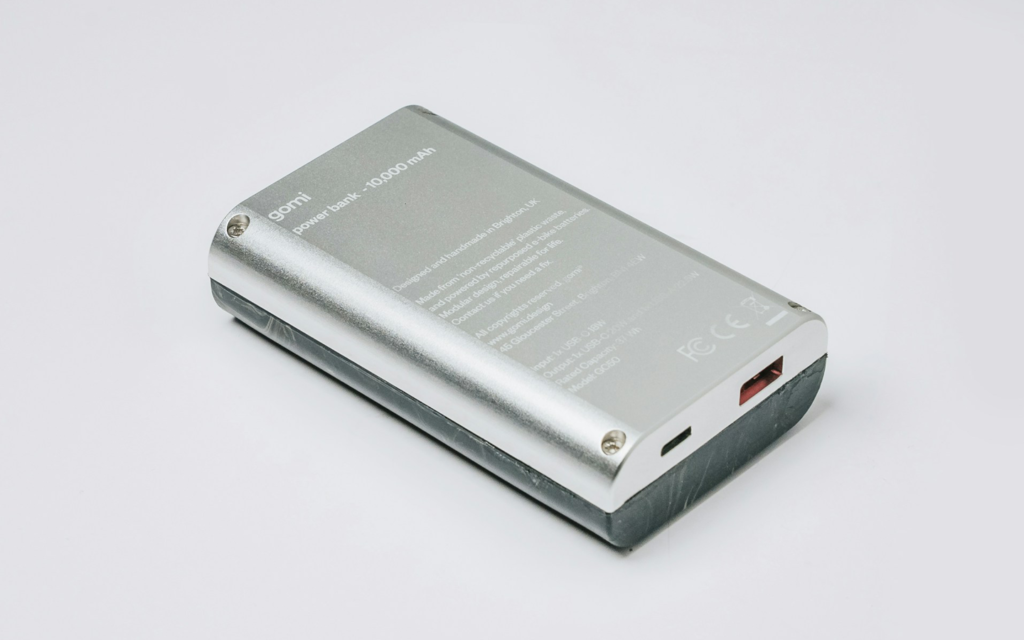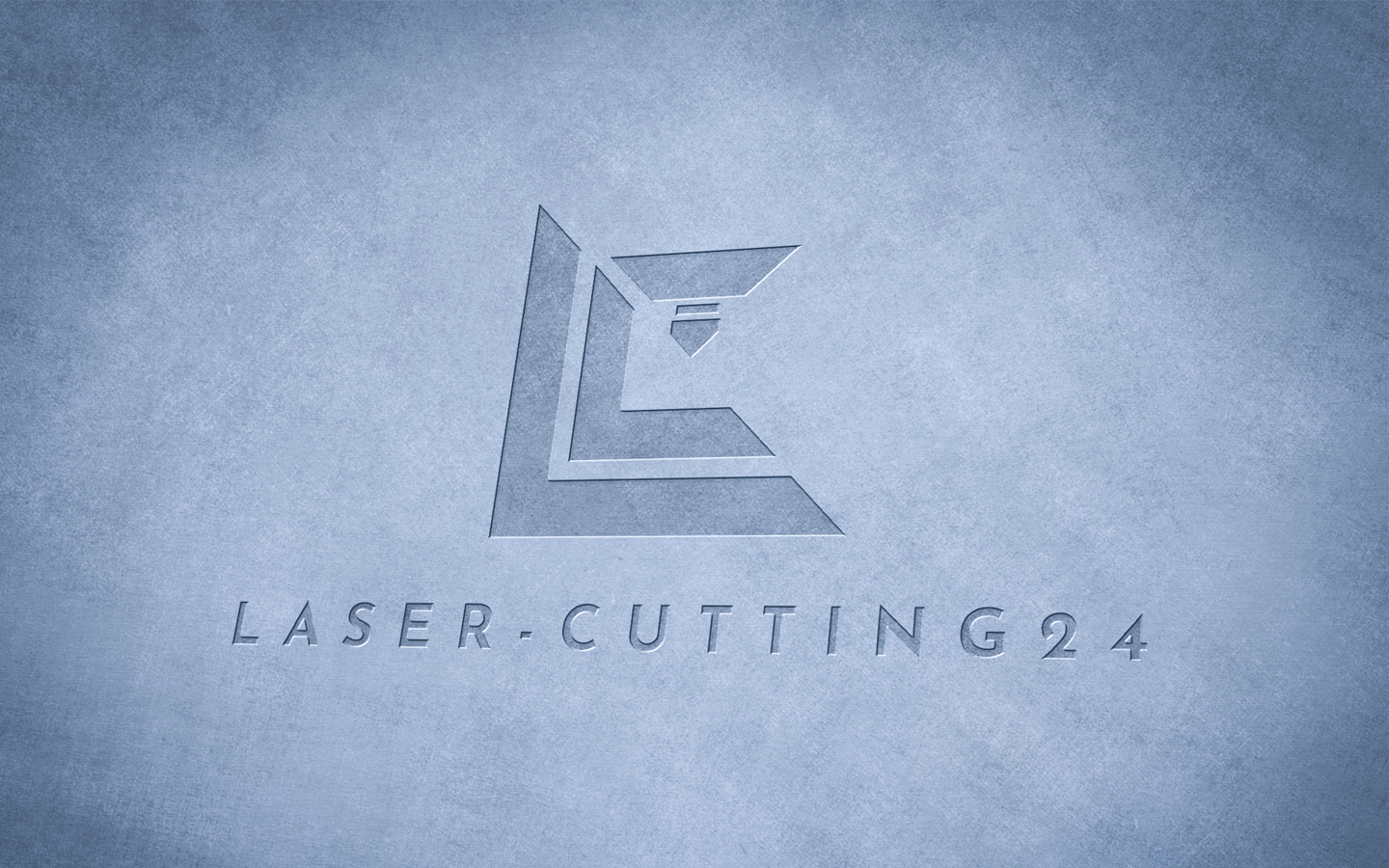How laser engraving works?
Laser engraving is a modern, precise method that is steadily, successively gaining popularity in many industries. This is because using laser technology, it is possible to create permanent, aesthetically pleasing designs on a variety of materials. The entire process, although seemingly complicated, can be broken down into a number of key stages that make up the whole endeavour.
Therefore, below we will take a closer look at how laser engraving works, what technologies are used and the advantages and applications of such activities.
Principles of laser engraving
Laser engraving is nothing more than a process in which a laser beam, or a focused beam of light, acts on the surface of a material, causing it to vaporise or burn out. The result is a permanent pattern or inscription that is visible on the surface of the workpiece. Depending on the power of the laser and the exposure time, the engraving can vary in depth and intensity, which in turn allows both subtle and distinct designs to be created.
The main components of a laser engraving system are:
Laser source – generates the laser beam, which is the basis of the entire process.
Optical system – focuses and directs the laser beam onto the surface of the material.
Work table – where the material to be engraved is placed.
Software – controls the movements of the laser and determines the design to be engraved.

Stages of Laser Engraving
The laser engraving process, as we mentioned at the outset, can be broken down into a number of key stages that lead step by step to the final product. These include:
1. Design preparation
The first step is to prepare the design to be engraved. The design is created in a graphics programme such as Adobe Illustrator, CorelDRAW or AutoCAD. The design to be engraved can be either a simple text, a logo or a more complex drawing. It is important that the design is in a suitable format, usually vector, so that it can be accurately imaged by the laser.
The next stage is to select the material that will then be engraved. Laser technology is extremely versatile and can be used on a wide range of materials, including wood, metal, glass, plastic, leather, ceramics and even paper. Each material has its own specific properties that affect how it is processed. For example, engraving on metal requires higher laser power than on wood or plastic.
3. Laser configuration
Once the design has been prepared and the material selected, the laser is configured. Depending on the type of material, its thickness and the desired effect, the appropriate laser power, the speed of its movement and other parameters such as pulse frequency are set. Getting these parameters right is crucial, as too high a laser power can damage the material, while too low a power may not provide sufficient engraving depth.
4. Engraving
Once all the necessary settings have been made, the engraving process begins. The laser, controlled by software, moves across the surface of the material to create the design. Depending on the complexity of the design and the size of the area to be engraved, the process can take from a few seconds to several minutes. During engraving, the material is subjected to an intense laser beam, which removes a layer of the material, creating a clear and permanent pattern.
5. Quality control and finishing
Once the engraving is complete, the product is carefully checked for quality of workmanship. It is checked that the design has been accurately reproduced, that there is no damage to the material and that the engraving is sufficiently legible. If necessary, additional finishing work can be carried out, such as polishing, removal of material residue or additional engraving in areas that require it.
Applications of Laser Engraving
Laser engraving is now widely used in many industries, from industry to art to advertising. It is already a commonly used method in the production of nameplates, badges, advertising gadgets, jewellery, medals, trophies or in product marking.
In the electronics and medical sectors, laser engraving is used to precisely mark components that need to be traceable and wear-resistant. In the decorative and advertising sector, on the other hand, lasers are used to create personalised gifts, ornaments, and to create unique designs on luxury products such as watches, jewellery or leather goods.
Advantages of laser engraving
One of the biggest advantages of laser engraving is its precision. This is because this technology allows the creation of extremely detailed designs that are difficult to achieve with other methods. In addition, laser engraving is very durable – the designs will not fade or rub off, even after long periods of use.
Another advantage is the versatility of this method. The ability to engrave on a variety of materials makes it a solution that is applicable in many fields. What’s more, the process is relatively fast and efficient, allowing production costs to be reduced, especially for large series. Thanks to the lack of direct contact between the laser and the material, laser engraving is ultimately a material-safe technology, minimising the risk of damage to the material.



